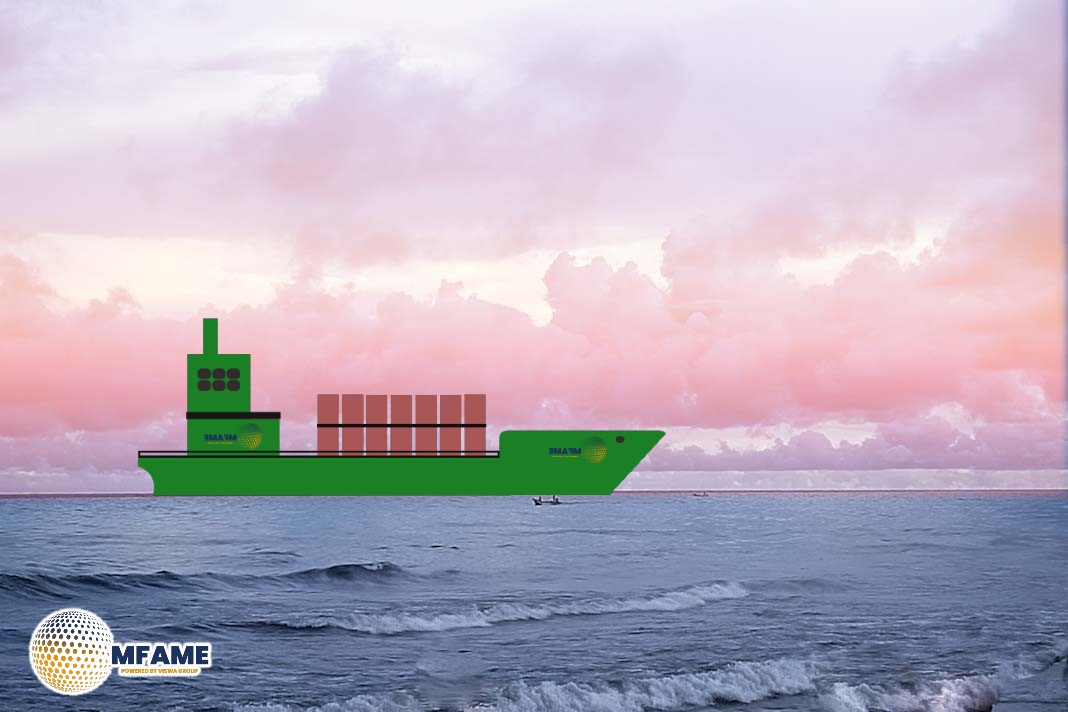
-
U.S. container imports rose 6.3% in March 2025 compared to February and 11% year-over-year, maintaining strong momentum from January’s surge past 2.4 million TEUs.
-
East and Gulf Coast ports overtook West Coast ports in market share for the first time in nine months, while port transit delays improved across major terminals.
-
Imports from China declined 12.6% month-over-month, likely impacted by new U.S. tariffs introduced on February 4 and March 4, though year-over-year imports were up 9.4%.
-
Overall, Q1 2025 U.S. imports increased 8.4% year-over-year despite global uncertainties, including tariff volatility, geopolitical instability, and shifting port dynamics.
-
New U.S. tariffs introducedon April 2 may disrupt trade with top maritime partners like Germany, Thailand, and Japan, which saw notable month-over-month increases in March.
April 2025 – U.S. Logistics Update – Descartes Systems Group, a global leader in logistics technology, has released its April Global Shipping Report, showing continued strength in U.S. container import volumes for March 2025. Container imports increased 6.3% over February and 11% year-over-year, reaching 2,380,674 TEUs—the third-highest March total on record, behind only 2022 and 2021.
Shifting Port Dynamics and Operational Efficiency
The report highlights a significant shift in port performance, with East and Gulf Coast ports regaining market share from West Coast ports for the first time in nine months. Simultaneously, port transit times improved, suggesting operational efficiency is keeping pace with rising volume.
Tariffs Impact China, Boost Other Sources
While imports from the top 10 countries of origin grew slightly by 0.5% (up 8,857 TEUs) from February to March, China experienced a sharp drop of 109,949 TEUs—a decline of 12.6%, likely tied to new 10% U.S. tariffs implemented on February 4 and again on March 4. Conversely, countries like Germany (+39.6%), Thailand (+35.7%), and Japan (+33.4%) posted strong growth.
Despite the monthly drop, Chinese imports were up 9.4% year-over-year, signaling resilient demand amid geopolitical headwinds.
Supply Chain Resilience Tested by Policy Volatility
Descartes notes that new tariffs introduced on April 2, targeting a broader group of trading partners, could disrupt trade flows in the coming months.
Jackson Wood, Director of Industry Strategy at Descartes, stated:
“While March volumes rebounded following a typical seasonal dip in February, global supply chains are facing significant challenges, in particular from the volatility associated with widening U.S. tariffs and retaliatory measures from key trading partners. With high U.S. tariffs on goods from China and new tariffs on imports from most other countries, we can expect further upheaval for global logistics, as many businesses evaluate how to potentially reorient their supply chains to help manage costs and mitigate risk.”
Now in its 44th installment, the Descartes Global Shipping Report continues to monitor key trade metrics. As Q2 2025 begins, logistics and supply chain professionals are watching closely to see how global disruptions, trade policies, and geopolitical tensions will shape the next phase of maritime commerce.
Did you subscribe to our daily Newsletter?
It’s Free Click here to Subscribe!
Source: American Journal of Transportation















